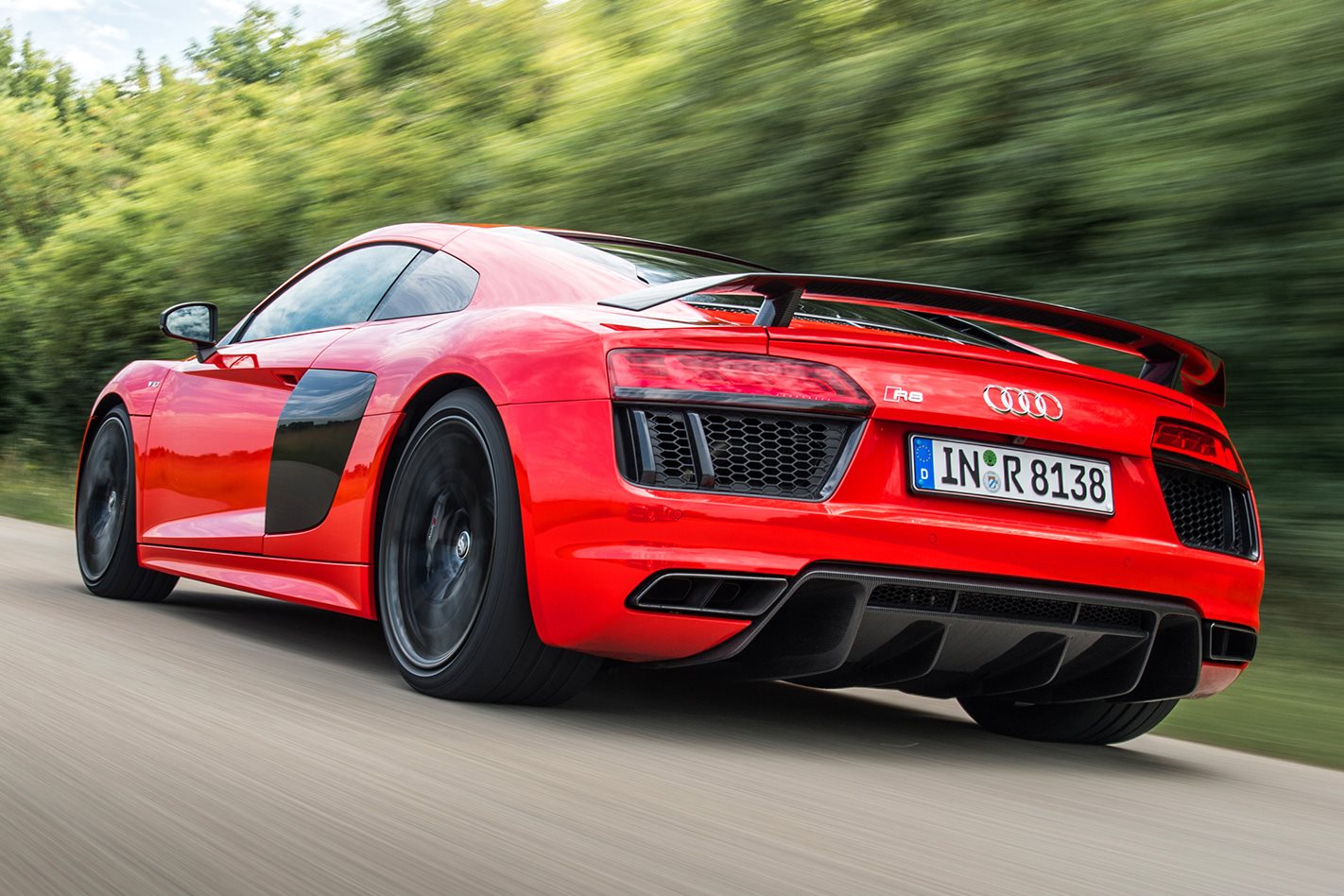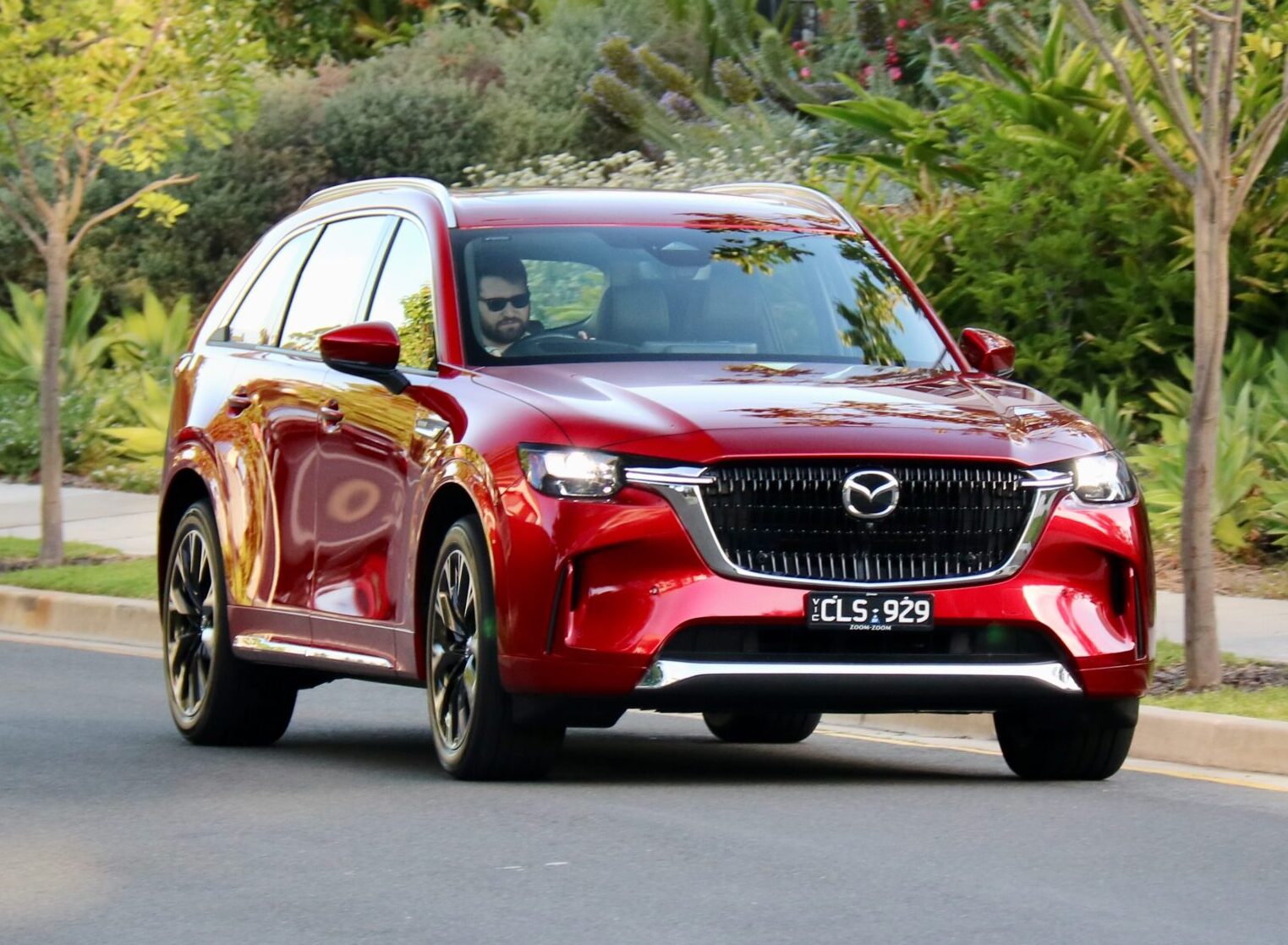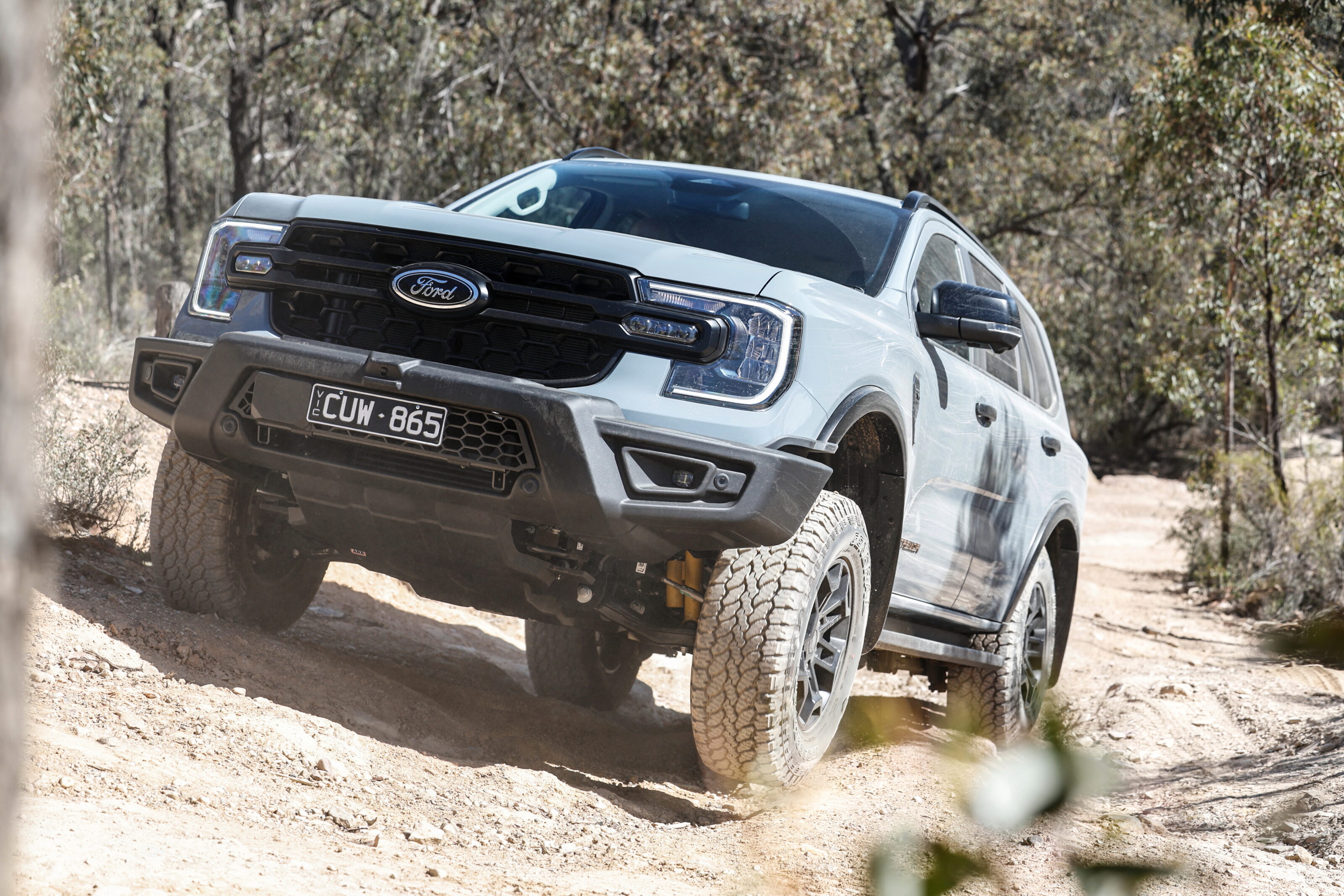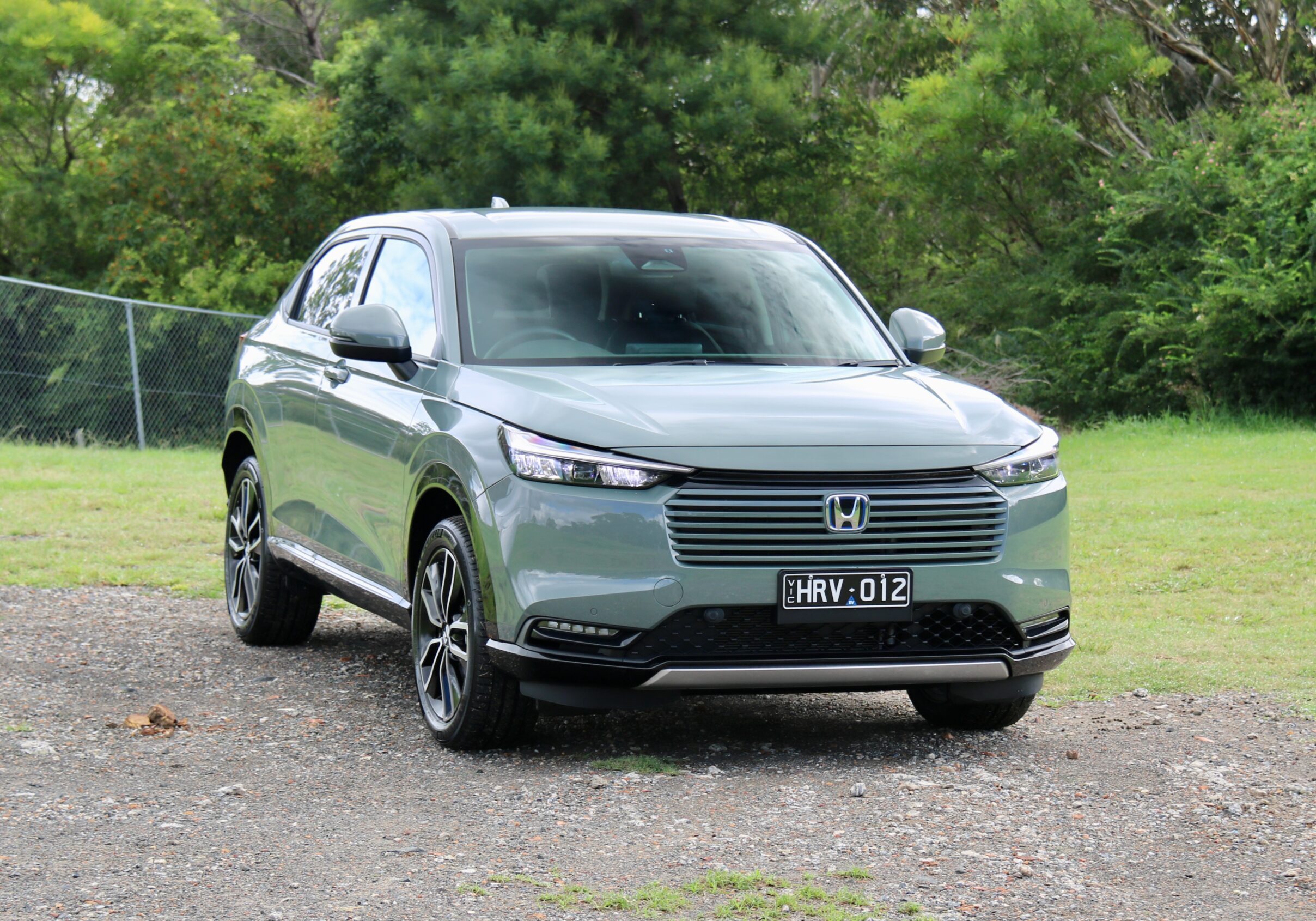As the GFC becomes but a decaying memory, supercars are scurrying out of design studios – and showrooms – with apparent increasing pace.
In the last few months alone, the supercar gelato shop has added new flavours including the 488 GTB, Huracán, 911 GT3 RS and the McLaren 675 LT. Japan is still yet to unleash its NSX, and Ford, those purveyors of Fiestas and F350s, the GT. To have both wealth and enthusiasm for fast cars must be as thrilling as it is overwhelming, such is the offering. And then there’s the Audi R8.
When it arrived in 2007, the R8 upset the supercar fraternity with its wild concept car looks and movie cameos. And while Audi sold 27,000 of them, it wished it sold more. Audi might put it differently, but the first generation R8 was as poor a profit maker as it was a terrific brand builder; it implanted the Audi brand into the minds of many.
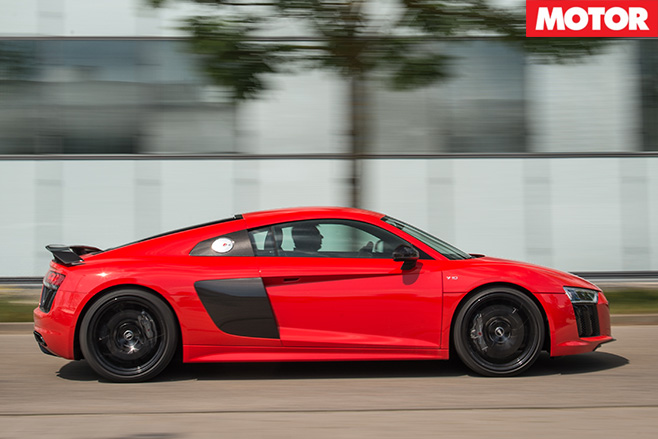
Effectively, like the next Audi A4, the R8 replacement is a reheated version of the old model, the goal being minimum investment with maximum effect.
Sadly, for all its changes, there have been casualties. The six-speed gateshift manual is gone. As is the V8 version, which used the RS4 and RS5’s screaming 4.2-litre naturally-aspirated donk to good effect producing 316kW and 430Nm. In manual guise, it was also the cheapest ticket to join the R8 club at just $279,500.

And in news that will excite people phobic of petrol stations, a 346kW engineless e-tron is inbound. Again, with torque that could tow a coal train – 920Nm, in fact.
But for now, R8 generation two comes with just one engine option in two flavours. And lord, what an option it is. It’s familiar, admittedly, given the 5.2-litre naturally-aspirated V10 is all-but carried over from the previous generation car. But Audi wasn’t able to leave it alone, of course.
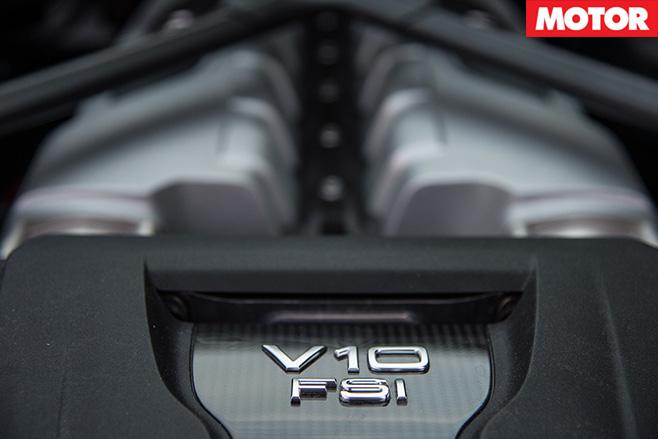
Compared to the outgoing V10 Plus, which had 404kW at 8000rpm and 540Nm at 6500rpm, the new R8 Plus has eked an extra 45kW and 20Nm, now 449kW and 560Nm. Meanwhile an R8 V10 model, sitting below the Plus, will have 397kW and 540Nm, both with a screaming 8500rpm redline.
Audi will tell you it spurned turbos, because in supercar land making you happy-clap like a seal is more important than fewer petrol station visits. It’s all about the thrill.
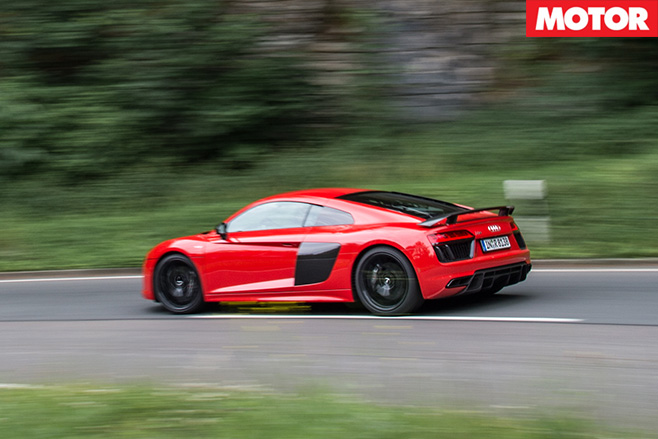
More astute readers might pick up on some grounds for sibling awkwardness, given the Huracan also makes 449kW and 560Nm. No hard feelings, says Audi, given its customers, according to them, aren’t the sort to drive up and down shopping strips in first gear. But privately you might pick up the Italians are a bit peeved.
Intra-empire tensions aside, MOTOR picked the Plus for its exclusive first drive. In some ways, from afar, it’s hard to tell the styling is new. Only at second glance does the stance start to look tougher, the proportions more aggro.
Getting closer, the new R8 reveals its rather swanky new laser headlights, new tail-lights, revised air intakes and a fat rear end dragging a huge diffuser, topped with a fixed, adult-sized carbonfibre rear wing. And just as the exterior is, in essence, a clever reheating of the carryover Modular Sports Car System, slinking into the interior reveals a familiar feeling with the packaging and constraints.
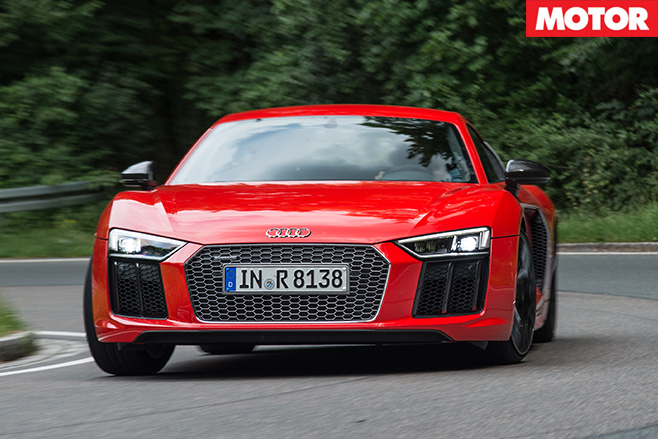
That said, if you’re thinking of getting a new R8, and you do your grocery shopping once a month, you’ll be pleased to hear the R8’s luggage space has increased. Having taken a seat, the new R8’s interior is all about spewing information. And buttons. Lots of buttons.
Scoring the same virtual cockpit as the new TT, the R8 goes a step further with a central, analogue tacho (a graphic on a TFT screen, we mean) incorporating a digital speedo. Flanked to its sides are, yes, more screens, with entertainment information one side and vehicle info including engine temperatures, g-force, torque curve, tyre pressures and lap times, the other.
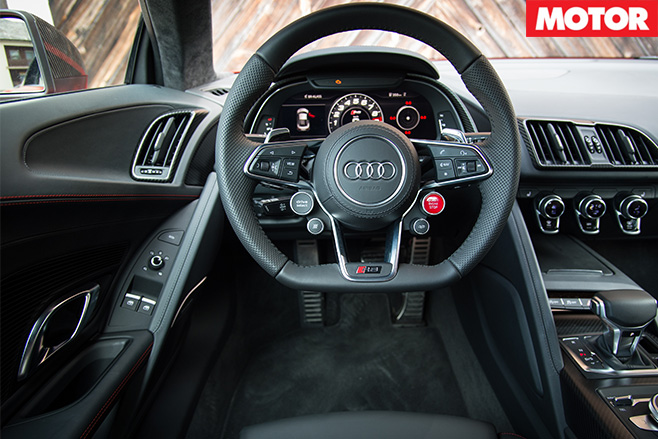
The debatable buttons-everywhere approach is summed up by the sports steering-wheel, standard on the V10 Plus. It’s hard enough to suss out the multiple controls placed in the two spokes, but why does the ‘Drive Select’ mode button live next to another button-thumbwheel-thing marked ‘Performance’?
While Drive Select tweaks the car’s main traits, Performance lets you choose between three settings marked Dry, Wet and Snow. Both algorithms influence the ESP set-up, but then there is also an additional two-stage ESP button.
Is this overkill galore, or are we missing the point? We can’t help but feel Audi should have opted for a simple, quick toggle switch not unlike, well, Ferrari’s manettino.
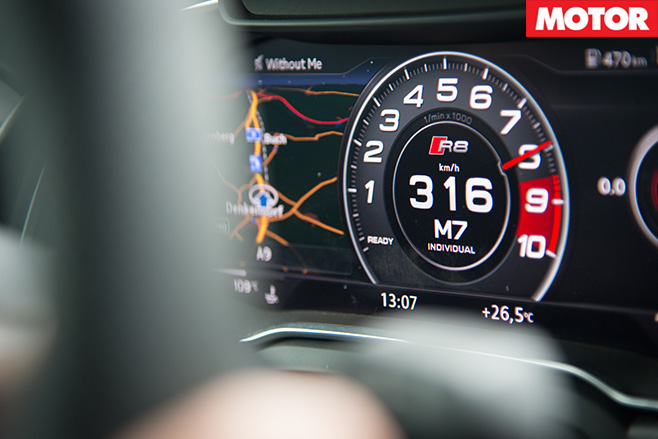
And of course, without a pair of snail-shaped air pumps augmenting mid-range torque, 8500rpm is a place you’ll be visiting often (in tunnels). Just like the old model, the new R8 V10 Plus makes the most delicious racket.
With the exhaust in anti-social mode, the R8 is surely talented in the way it ruffles street-side cafes and summons the attention of smartphone cameras. Artificially-created lift-off crackling and full-throttle upshift splats attract eyeballs and confirm one thing for certain: the new R8 experience, much like the old, revolves around the menacing clump of superheated oil and moving metal, centimetres from your spine. You certainly know it’s there.
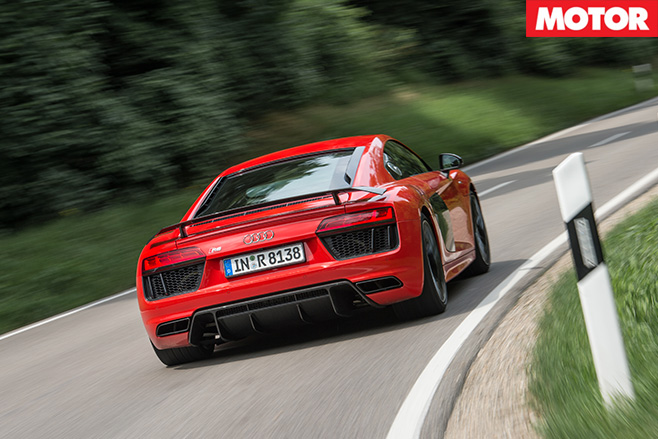
But really it’s many things working together, like an organism, that combine to make the new R8 an engaging cornering combatant: the ever-so-slightly self-centring steering, the apex-clinging front Haldex diff, the massive 560Nm available crisp underfoot as the corner exit unveils.
On track, the new R8 reveals itself to be more energetic, efficient and effortless – rather than radical, raw or raucous. Towards its limit, you wouldn’t call it boisterously playful, even in its most aggressive Dynamic mode and with ESP off. It stays behaved, and to play takes some careful prodding (and some patient experimentation with the various available driving modes).
Locking Performance mode in Dry, Drive Select in Dynamic and ESP off seems to do the trick on the track, but yet still, the new R8 is no 911 or 488. In place of cheekiness and playfulness you instead get dynamic control and rock-solid stability.
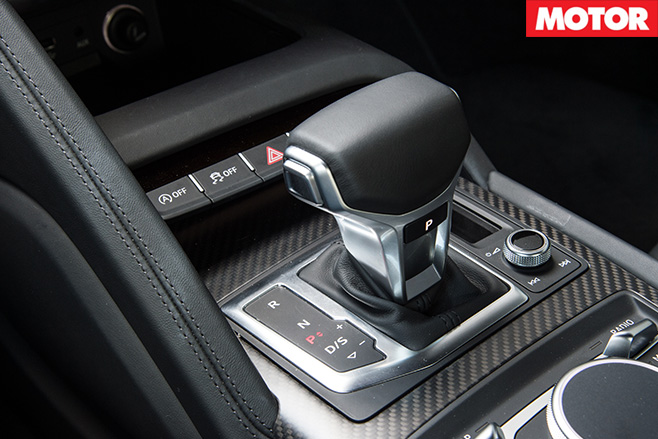
Not unlike the old car, in fact. But mostly, the brakes are special in the way they allow a margin for error significantly wider than most of the R8’s competitors. They’re epic.
Compared in particular to the previous generation car, R8 version 2.0 feels more mature, grown up and balanced. Danced around its limits, it’s no longer a stubborn, wild thing, idiosyncratic in its behaviours to your inputs. Instead, you could call it characterful but benign, focused yet compliant, attentive and responsive. Funnily enough, Audi would likely cheerfully disagree with you on all these descriptions on the basis you could be calling the new R8 a bit soft. It’s a hardcore supercar, they’ll tell you.
To an extent, the new R8 does match this description. But it is more than a one-dimensional, single-purpose road rocket. The new R8 fuses remarkable speed with a reassuring flow, it rules the 160-330km/h zone with an almost eerie tranquillity, and it won’t allow the rough stuff to deflect its trajectory.
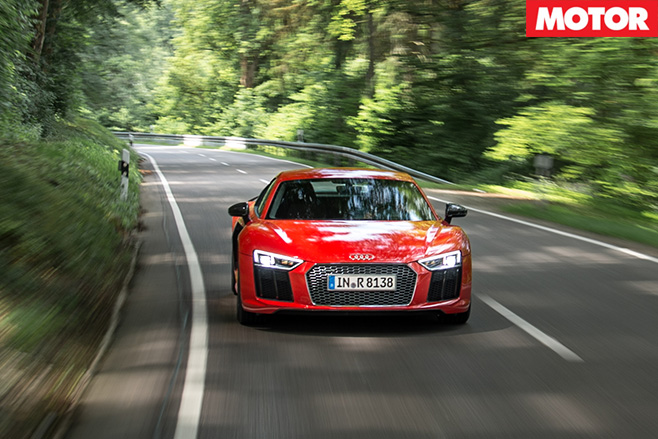
They did what they could to teach this car manners, to iron out its flaws where possible. And yet it’s not mere Terminator-like competence that makes the new R8 shine. The new R8 is fascinating by means of breaking down its impressive component parts. It thrills with an old-school, normally-aspirated V10, a supersonic gearbox, extra-terrestrial brakes, and a surgical all-wheel drive system.
Eight hours after picking it up, we returned a wonderfully analogue, refreshingly mechanical sportscar infiltrated, more or less successfully, with digital innovations. The best of both worlds? Not quite. But yet hardly a middle-of-the-road, me-too compromise. In the supercar gelato shop, the R8 still stands out as a flavour all on its own.

